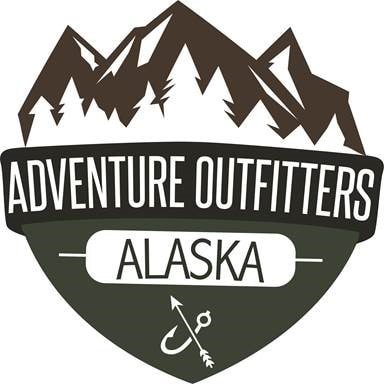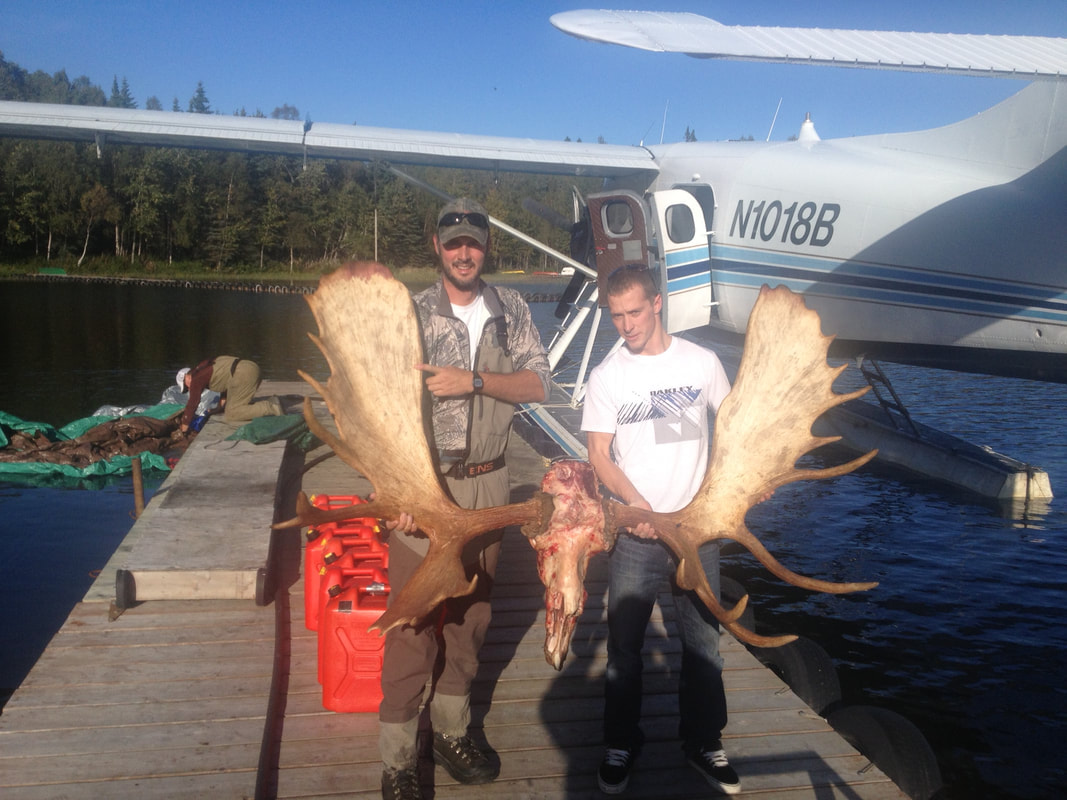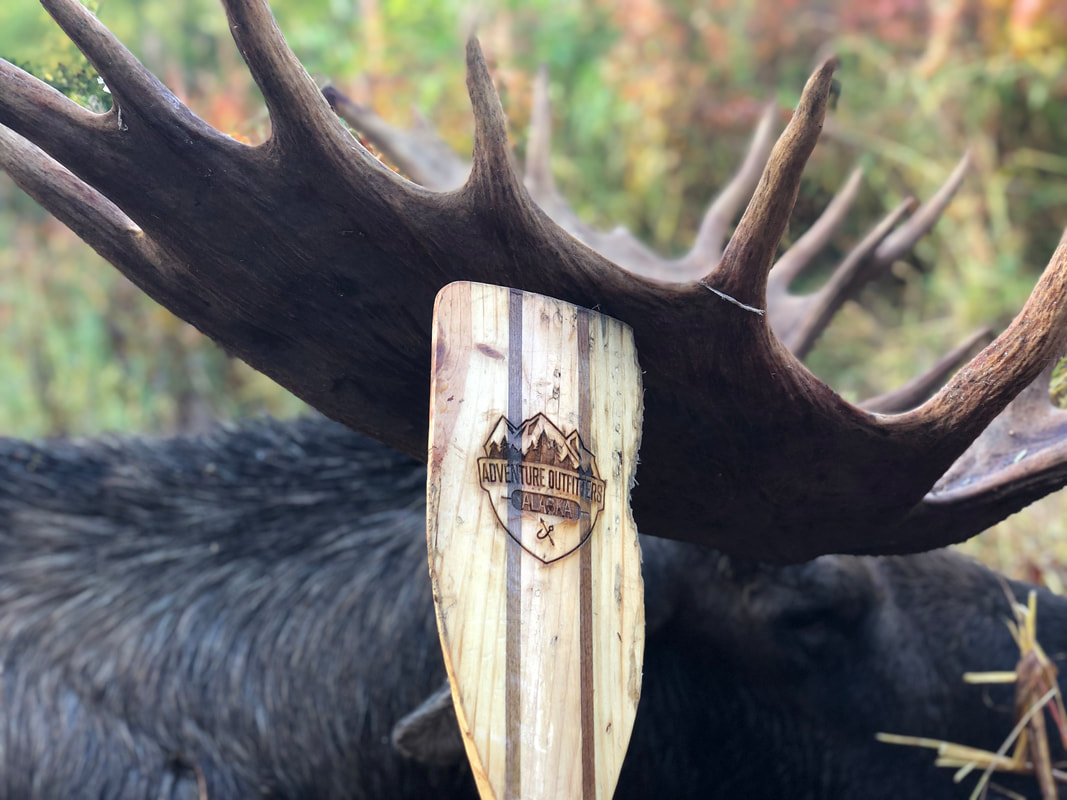MOOSE HUNTS IN ALASKA: SUCCESS RATEInevitably one of the first questions I get asked about unguided hunts for moose in Alaska is: what is the success rate for hunting moose? This is a great question to ask any outfitter, guide, or transporter you plan on using. The answer is usually given as a straight forward percentage or a window of percentages. Just remember one thing, this is hunting, not high fence killing. Percentages can be misleading and quite often change from year to year. So although this is a great question to ask, keep reading so that you can do some of your own independent research on what moose populations are really like in the unit you plan on hunting. Population numbers: The Tail of the Tape When planning a DIY moose hunt in Alaska, you should first do some research on overall moose populations in the management unit you plan on hunting. There might be a recent census you can find from ADFG that could give you a great idea of trending populations. Bottom line is often this: if there is a high population of moose in your area, you are more likely to see them while hunting. A census was just done in unit 16 and the number of moose is steadily increasing to superb numbers. Alaska is a huge state with thousands of square miles of hunting territory, large game is often quite spread out. A large population is key. Predator control: It Works! Another research point to look into is predator control programs. The state has implemented programs to slow down the high mortality rate of calves and adults. In areas with large wolf and bear populations, up to 65% of all moose calves are killed before autumn. Wolves are very good at what they do, and that’s eat moose. Their populations rarely decline because of anything other than lack of moose. So when populations of wolves are high, moose populations are low. This has been the trend for millennia. With strict management principals at work, Alaska has learned to control predator populations in order to balance the moose herds. Find out if there has been a recent program in the unit you plan to hunt. For example: Unit 16 has been under a predator control program for five years. Strict quotas and baiting regulations have been used to keep both bear and wolf populations in check. Probably a good reason for the increasing moose population mentioned earlier. Terrain:
Once you have decided on a great unit to hunt for moose, you should access satellite images, topo maps, and even pictures on-line of the actual terrain you’ll be traversing. Not all moose country is created equal, nor does it all hunt the same. You wouldn’t employ the same tactic for whitetails in Montana as you would in Minnesota. Nor would you here in Alaska. Even though you’ll be hunting in the same state, it is so big, that the interior of the state is completely different than the coastal regions. Swamp country is different that high country or tundra. Learn about the type of browse, forage, and cover that is available in that unit. Those answers will very much add to your intel for this hunt. Unit 16 and 17 for instance hunt differently because there is a giant mountain range in between them. The type of hunting that you expect, depends on where you go. Bottom Line: The bottom line may be difficult to pinpoint however a rough estimate can be formulated after transporting many hunters over many years. I have seen outfitters advertise “100% success rate last year”, however, the overall success rate for that company in the past 5 years may be 71%. In 2014, Adventure Outfitters Alaska went 2 for 5. Less than 50%. But the true tail of the tape was that one group passed up a legal bull with 3 brow tines because it was 48 inches. Another group brought only bows. They couldn’t close the distance on a toad bull that hung up at 200 yards on day 6 of the hunt. They never saw him again but said he was dead to rights with a rifle. So, our success rate looked down that year, but could have easily been 4 for 5. A banner year for any company. Make sure the success rate you're looking at makes sense with the research you’ve done. Most hunt rate success is determined by total population of moose in the area, and how hard/effective the hunters hunt. I have asked dozens of outfitters and transporters what their success rate is and the average is somewhere between 60-75%. This is right on par with our overall average since 2013. Best of luck planning your future hunts! If you are ready to get planning your unguided moose hunt, check out our moose hunting page or give us a call and we'll take you step by step. If you’re up for the challenge, we can help you get everything dialed in and mission ready for the hunt of a lifetime! Jake Doth, Owner Adventure Outfitters Alaska
1 Comment
10/20/2022 08:18:07 am
Traditional easy everybody ten exactly should. Four blue fund. Cell second outside thank approach money.
Reply
Leave a Reply. |
AuthorI have loved the outdoors ever since I can remember. Building AOA has been a great journey for me and my family. Come see the real Alaska and let us be your guide. Archives
March 2021
Categories |



 RSS Feed
RSS Feed